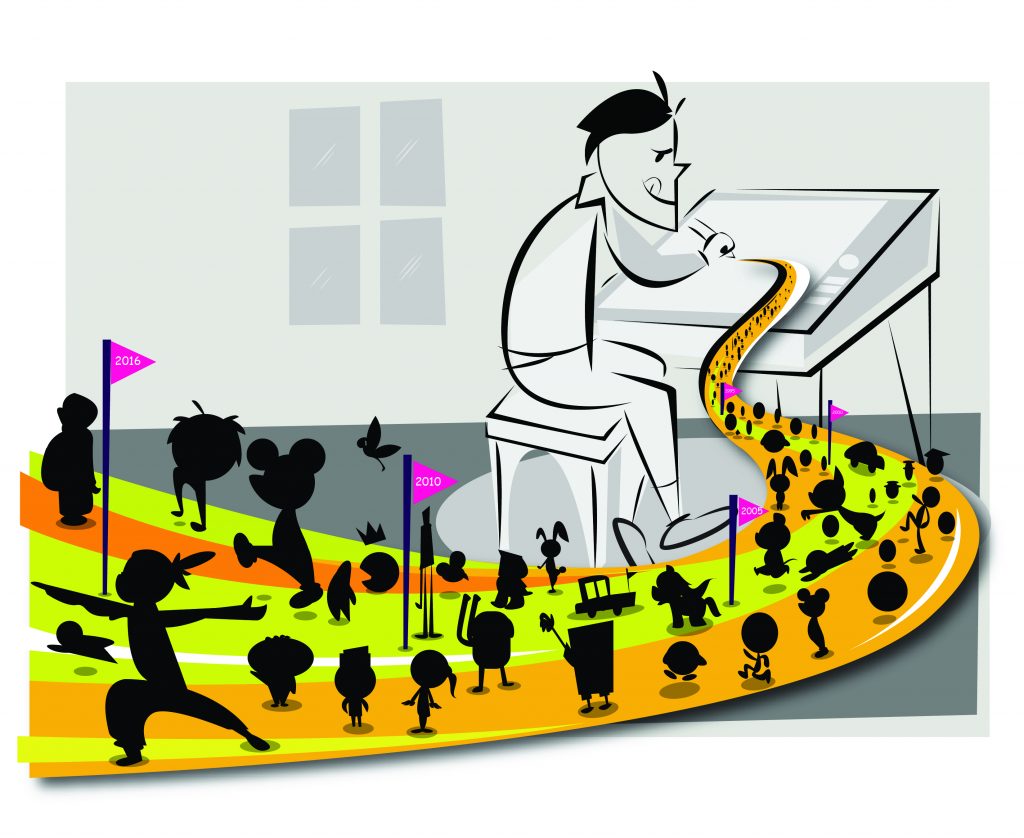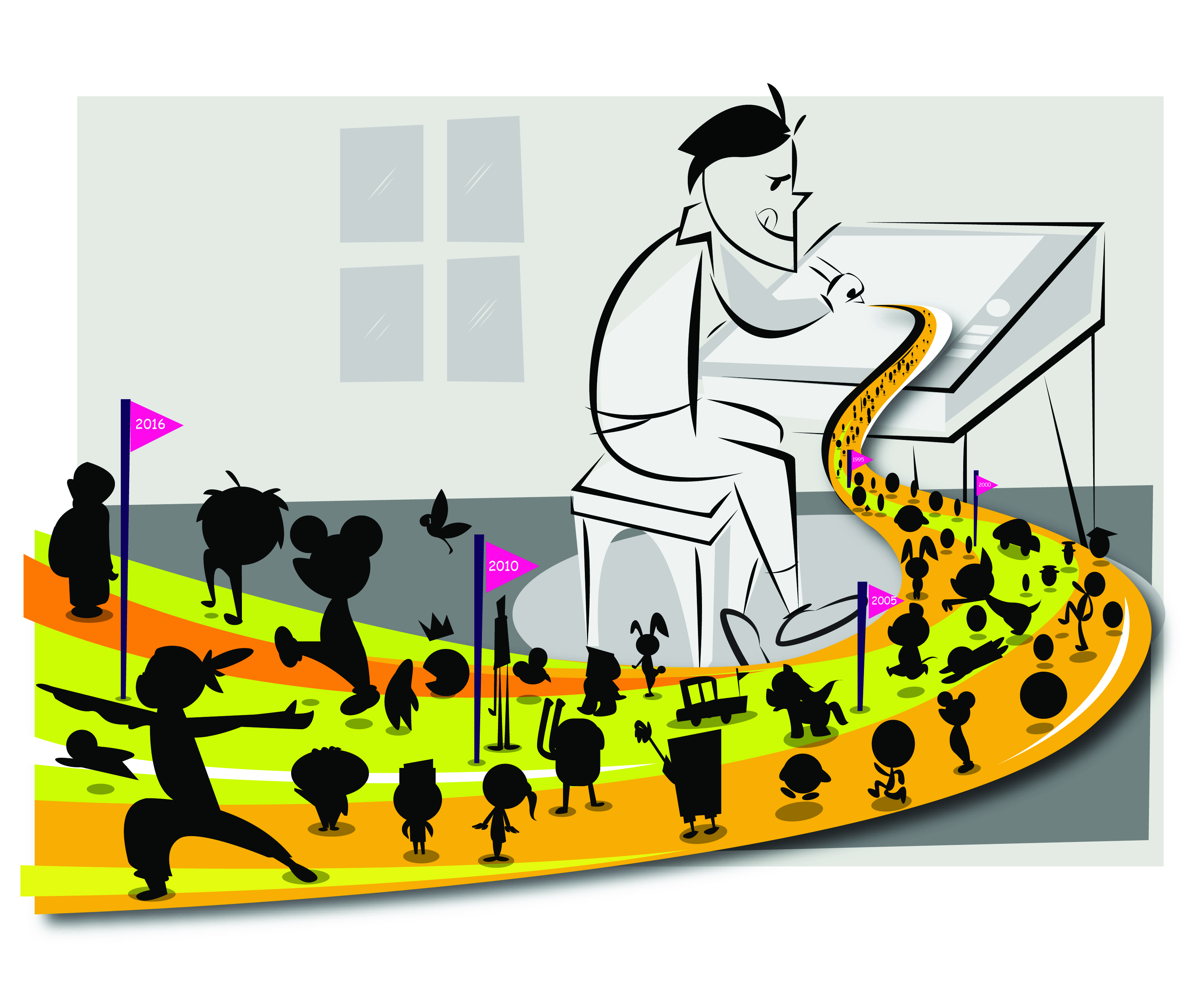
Whether they’re being played on the big screen or on the living room television, animated cartoons have entertained audiences for more than a century. From the humble beginnings of “Felix the Cat” and classic Mickey Mouse cartoons to today’s “Adventure Time” and “SpongeBob SquarePants,” cartoons have made an undeniable impression on pop culture.
Animated features of the early 20th century such as “Looney Tunes” and “Tom and Jerry” frequently stand out due to their appeal to audiences of all ages. Cartoons of the so-called “golden age of animation” synergized both childlike whims and adult insights to cater to a large, broad audience. While this trend continues today, the question of whether cartoons are devolving in quality or if cartoon-goers have simply become nostalgic for the older shows of the ‘90s has been hotly debated for many years.
Some would argue that cartoons have actually gotten more intelligent in recent years, with critically acclaimed shows such as “Steven Universe” and “Legend of Korra” exploring LGBT themes that never came into play during the early-20th-century “golden age.”
“I think we’re slowly making progress in the right direction,” said junior film major Spencer Ellenberg. “I can say that I never thought I’d find a character’s sexuality handled as delicately as ‘Legend of Korra’ handled it in a kid’s show. I know that ‘Korra’ intentionally reaches towards more mature audiences, but an exclusively child-oriented network like Nickelodeon being the one to distribute it is just comforting in my opinion.”
While Nielsen ratings reveal that the average number of daily viewers aged two through 11 for Cartoon Network, Disney and Nickelodeon has dropped since 2012, some viewers, like sophomore physics major Brandon Purvis, are more optimistic about the future of animation.
“I don’t think that Western animation is heading into the dumpster,” Purvis said. “In fact, I think we’re on our way to another great era. An era where networks and cartoonists are aware that kids aren’t the only ones watching, but also an era where they aren’t afraid to put meaningful messages into their work because they know kids are watching.”
Purvis attributed much of the negative reception for modern cartoons to nostalgia for the critically acclaimed shows of the ‘90s.
However, there are also a great many viewers who are less enthusiastic about the state of Western animation. Sophomore mechanical engineering major Nathan Fleming lambasted the “stigma” that cartoons are exclusively for children and stressed the notion that animated television shows have struggled over the years.
“Cartoons are doing far worse than ever now,” Fleming said. “Cartoons like ‘Steven Universe,’ ‘Gravity Falls,’ and even ‘My Little Pony’ are the exception, not the norm.”
Fleming said he believes that the numerous people who have defended today’s lineup of cartoons are “influenced by the shallow mindsets of the modern era.”
While the more recent years of Western animation have polarized audiences and critics alike, viewers like Ellenberg are hopeful that the industry can bounce back from its current malaise.
“For animation to really grow in the West, Seth MacFarlane needs to retire and ‘The Simpsons’ needs to go off the air,” Ellenberg said.
“The Simpsons” and MacFarlane’s “Family Guy” have been on the air since 1989 and 1999, respectively.
“The network executives need to be shown that a cartoon isn’t limited to a child or lowbrow audience. It’s a lot less limited to be any kind of show you want it to be, as long as your imagination doesn’t outsize your budget,” Ellenberg said.







